Romantic love is still put on a pedestal as the exemplar of relationships. This is damaging not only to individuals but to society at large. It discriminates against people who find deep love in non-traditional relationships, it weakens our sense of connection to those beyond our romantic partners. What we need is more and different stories about what love might look like, argues Carrie Jenkins.
When well-meaning family members ask when we’re going to “settle down,” they’re alluding to romantic partnerships. The same goes when friends ask if we’re bringing a “plus-one” to an event. Questions like these might seem trivial, but they’re a ubiquitous low-level reminder of what philosopher Elizabeth Brake calls amatonormativity: the expectation that everyone either is or wants to be in a romantic relationship. And specifically, in a relationship of the monogamous, permanent, sexual kind. In other words, a “normal” relationship. The same goes for when people ask “How are you still single?” intending it as a compliment. They are tacitly buying into amatonormativity by assuming that attractive, nice people shouldn’t be single: everyone who can get a partner surely would get one.
___
We put romantic love on a pedestal, assuming that someone’s partner typically comes first in their lives: before their family, their friends, their communities, or anything else
___
Perhaps a throw-away comment like this, considered by itself, doesn’t seem that important (although might be, to someone who chooses and prefers to be single). But the cumulative force of all this constant amatonormativity is a huge deal. Amatonormativity has two jobs: it reflects and reinforces the supposed specialness of romantic love. Giving romantic love special status is damaging to both individuals and society at large. By rewriting the script of what love stories might be like beyond romantic love, we can make space for more and potentially better forms of love.
A “normal” (i.e. normative) romantic love relationship is typically seen as a—perhaps the—core element of a good and “normal” life. Just as we have normalized and idolized the nuclear family, we have normalized and idolized romantic love as the kind of bond that generates its nucleus. We put romantic love on a pedestal, assuming that someone’s partner typically comes first in their lives: before their family, their friends, their communities, or anything else.
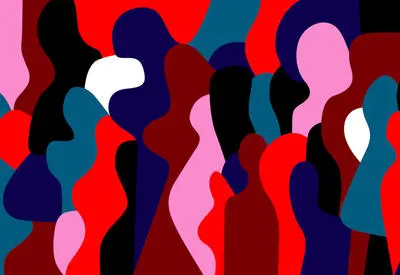 SUGGESTED READING
Love transcends the self
By Alexandra Gustafson
SUGGESTED READING
Love transcends the self
By Alexandra Gustafson
But this is problematic for many reasons. As I argued in What Love Is, amatonormativity not only unfairly discriminates against people in non-normative kinds of loving relationships, but on a deeper, philosophical level, it holds us back from attaining a proper understanding of what love could be. If we all had a clearer sense of the alternatives to “traditional” romance and were given a chance to think about whether they might work better for us, we could start to shift the script for how to relate to each other, and weaken those normative assumptions.
I’ve more recently argued in Sad Love that chasing after the romantic “happy ever after” can actually tend to make us miserable. For one thing, generations of philosophers have been trying to tell us that the pursuit of happiness (of any kind) is misguided. As John Stuart Mill puts it:
Those only are happy … who have their minds fixed on some object other than their own happiness; on the happiness of others, on the improvement of mankind, even on some art or pursuit, followed not as a means, but as itself an ideal end. Aiming thus at something else, they find happiness by the way …










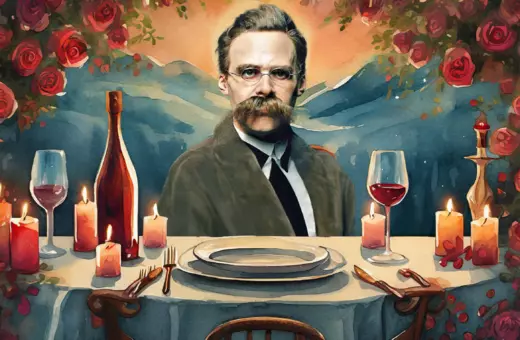

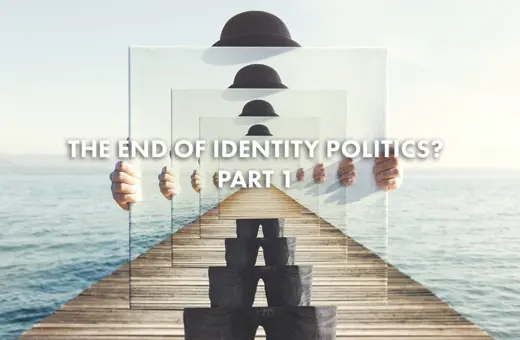
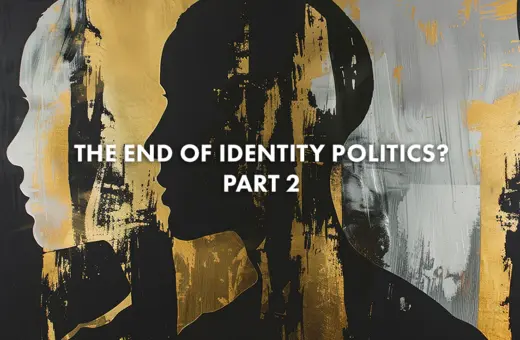
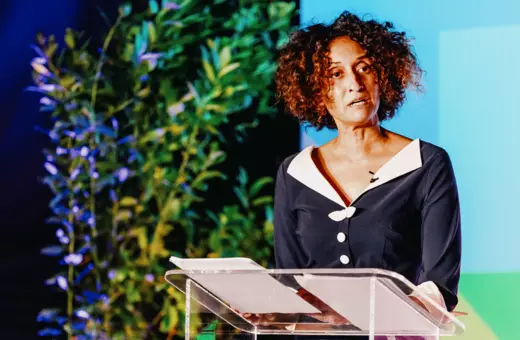
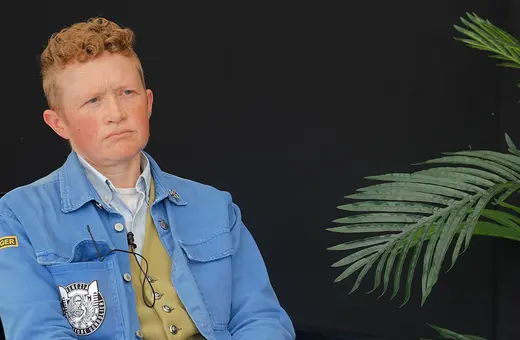
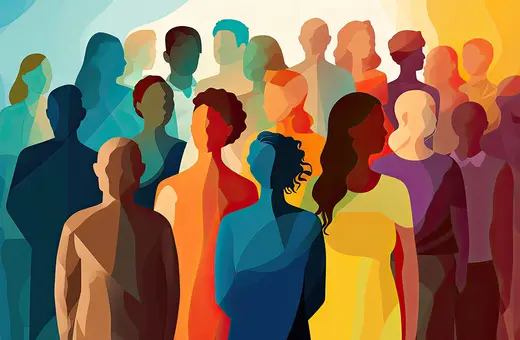
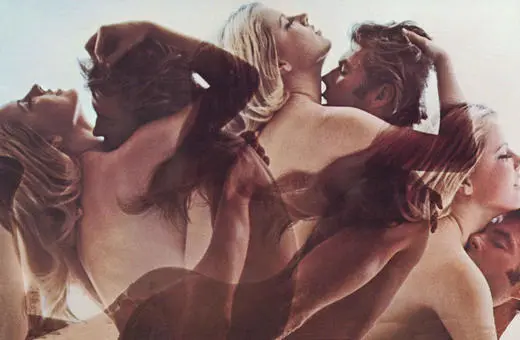
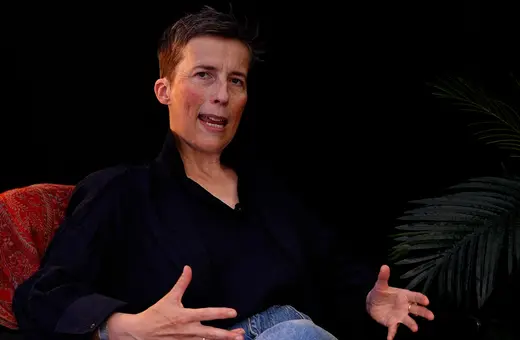


Join the conversation